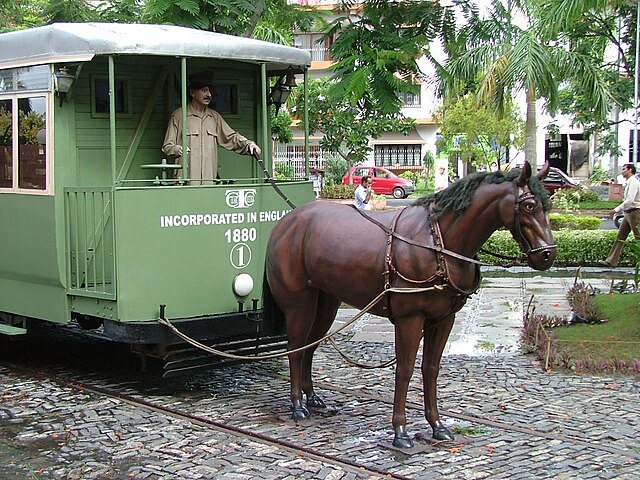China, a rich culture and more than 3000 years of written history.
The vignettes on the share certificate of the Banque Industrielle de Chine
represent a cross section of China's cultural heritage.
Included in this post are some pictures from my trip to China last summer.
Included in this post are some pictures from my trip to China last summer.
 |
| Banque Industrielle de Chine English: Industrial Bank of China Action Ordinaire de 500 Francs (ordinary share), 1913 Lithography printed by Charles Skipper & East double-click image to enlarge |
Power and good fortune for the emperor
For thousands of years, Chinese dragons symbolize power and good fortune. They are the rulers of moving bodies of water, such as waterfalls, rivers, or seas (Wikipedia). The Emperor of China used the dragon as a symbol of his imperial power. In contrast the Empress of China was identified by the mythological bird, Fenghuang.
.. and initially for the Banque Industrielle de Chine
André Berthelot (1862–1938), French banker, politician and Director of the Pekin Syndicate , co-founds the Banque Industrielle de Chine (BIC) with the Belgian financier Edouard Empain. The Pekin Syndicate and the Chinese government are the largest shareholders of the bank. Quickly, the BIC obtains concessions for several important public works in Peking, Chinese ports, and railways. In 1914 the bank is allowed to issue Chinese banknotes. BIC expands quickly during WWI, offering very favourable rates of interest to its clients. Two decades earlier, another bank, the Banque de l'Indochine (BI), had started shifting its operations from French Indochina to China. BI, also representative of the French interests in handling the Boxer indemnity, watches how BIC becomes a competitor.
Something peculiar with those dragons.
The dragons in the BIC's vignette seem to guard a sun with the company's cypher (an interlacing or placing together of letters). However, it is not a sun but a flaming pearl, which you can also observe on the two photographs. The pearl is associated with wealth, good luck, and prosperity. Further, dragons representing the Emperor had 5-clawed feet while 4-clawed and 3-clawed dragons were used to represent nobles and common people. If you look carefully, you'll notice 4-clawed dragons on the BIC certificate. A diplomatic blunder by the designer of the certificate ? I'll come back to this point later.
 |
| left: detail from the right 4-clawed dragon on BIC's share right : detail from a 5-clawed dragon on the Russian bond, see below |
 |
| Russia Imperial Government 4% Bond of 5000 Mark "Boxer" loan 1902 |
Disastrous outcome
In 1921, André Berthelot tries to raise money through the trading of Chinese government loans on the French financial market. The operation fails and the BIC loses vast sums. André then asks his brother Philippe for financial help. Philippe Berthelot is the Secretary to the Ministry of Foreign Affairs in France and can convince Horace Finaly, President of the Banque de Paris et des Pays-bas, to support the BIC which was in financial difficulty. However, Paul Doumer, Governor-General of French Indochina from 1897 to 1902, at this time Minister of Finance and closely linked with the Banque de l'Indochine, refuses to save the BIC. Next, Philippe Berthelot secretly lobbies for a bailout by sending telegrams on behalf of Aristide Briand, the President of the Council without his knowledge. A political scandal breaks out. Both Philippe and Prime Minister Briand, who also supported the bailout, will be excluded from public office. Due to inadequate reserves, the Banque Industrielle de Chine goes bankrupt in 1922. Three years later, its assets were taken over by the new Banque Franco-Chinoise pour le Commerce et l’Industrie, established by the Banque de l'Indochine, the Banque de Paris et des Pays-Bas, Banque Lazard and the Chinese government.
Blunder or perfection ?
So, what's the story about those dragons on the certificate. Shouldn't imperial dragons have 5 claws ? The answer is yes, but .. these are not imperial dragons, I suspect. At the time of incorporation of the Banque Industrielle de Chine, in 1913, the imperial dynasty was overthrown one year earlier. Last Emperor Puyi, still a child, abdicated 12 February 1912, after the successful Xinhai Revolution established the Republic of China (ROC). Non imperial dragons do not have 5 claws. The coin below shows the national emblem of the ROC with a 4-clawed dragon. The design on the BIC shares is diplomatically correct.
Despite diplomatic dragons and symbols of longevity (lower left and right corner) on its shares, history learned that the Banque Industrielle de Chine was short-lived.
F.L.
Related links
- 30 juin 1921 - Scandale de la Banque Industrielle de Chine, on Herodote.net
- Prins Diamant, By Vincent Mercier
- Boone Shares - Scripophily Center, auction catalogue 2013 April
- The Correspondence of G. E. Morrison 1912-1920, By George Ernest Morrison
- Wikipedia's Chinese dragon and Emperor Puyi





































